Posted:Aug 14, 2009
Echigo-Tsumari Art Triennial
Tokyo isn’t the only place to experience contemporary art in Japan. Currently Niigata is hosting a land art triennial that moves far beyond the white cube – utilizing former elementary schools, community centers, old homes and outdoor spaces as new sites for creative work.
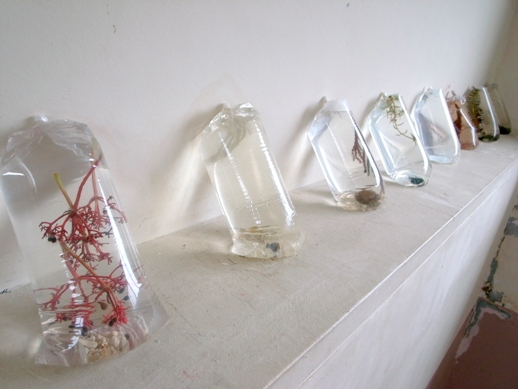
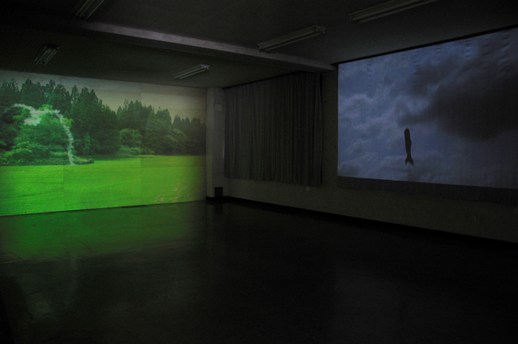
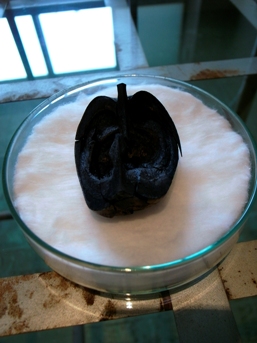
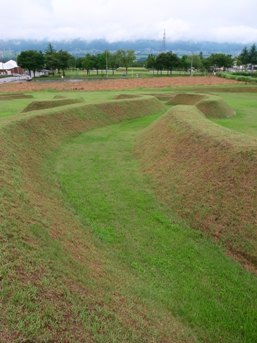
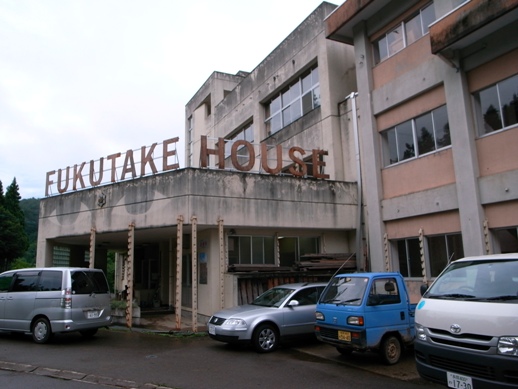
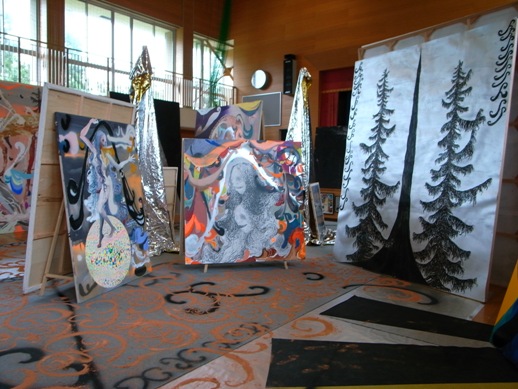
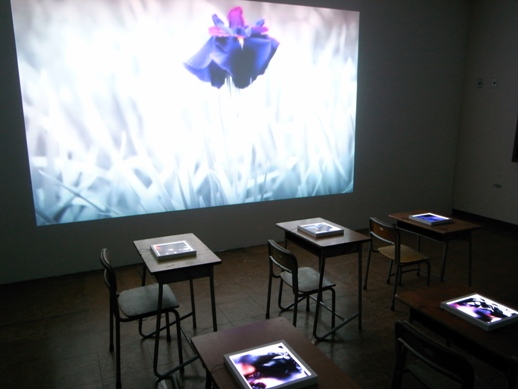
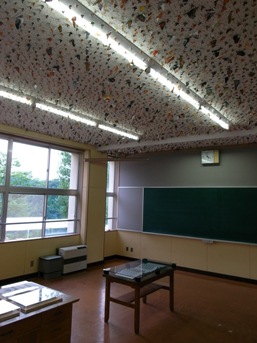
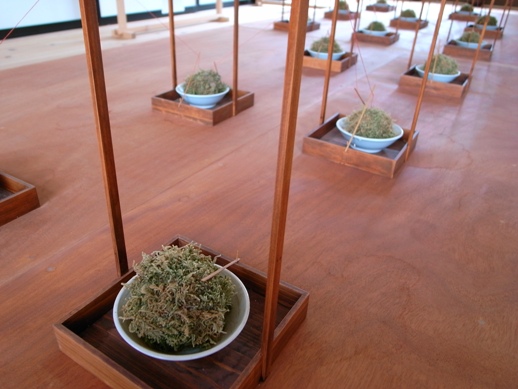
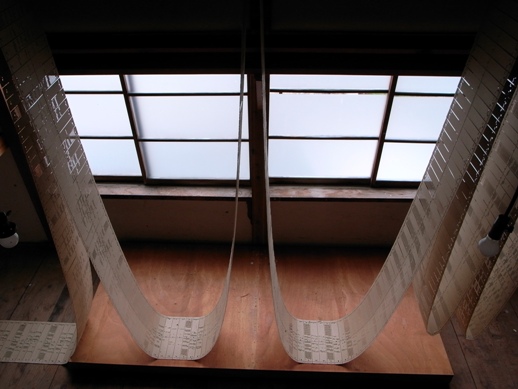
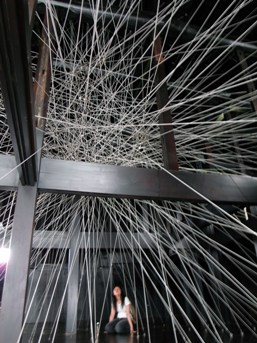
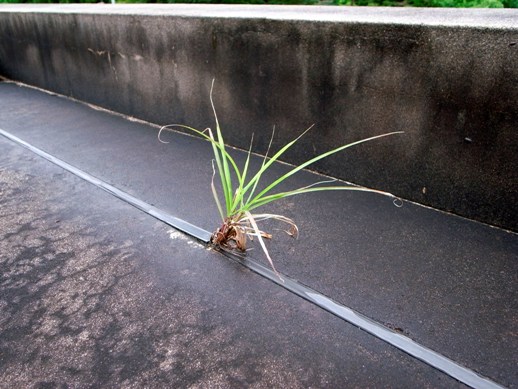
The Echigo-Tsumari Art Triennial 2009 runs until September 13. Visit the English homepage for more information on tickets and access.
James Jack
James Jack
Grown in the rocky soil of New York City James Jack was transplanted to Tokyo via a Hawaiian orchid. He is currently a Crown Prince Akihito Scholar at Tokyo University of the Arts researching contemporary art. Jack comes to writing as an artist who regularly shows drawings, photo-based work and installations. His work has appeared in magazines such as Asian Art News, NY Arts, Kyoto Journal: Perspectives on Asia, and M: The New York Art World. <a href="http://www.jamesjack.org">www.jamesjack.org</a>
Loading.................................................



